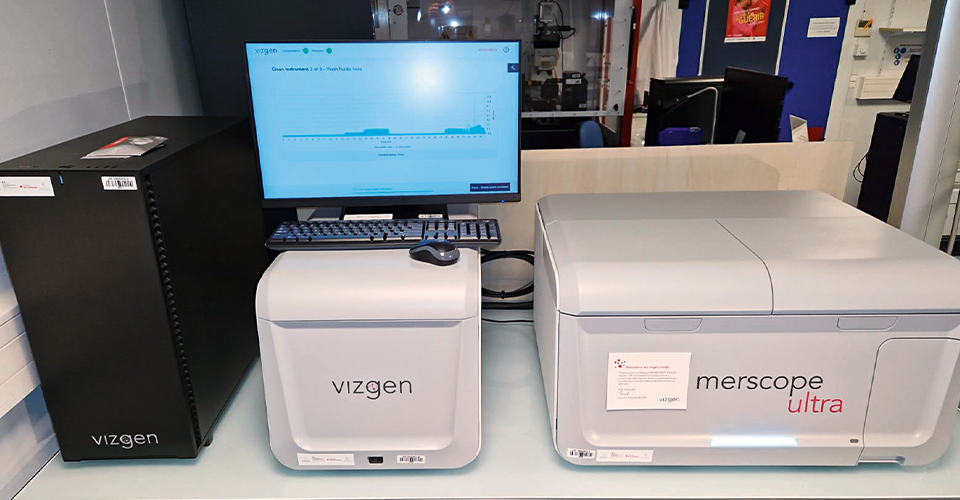The SATURNE program: financing state of the art equipment

Widely adopted by the biocluster's labs and businesses, SATURNE supports investments in high-impact scientific materials deployable on Genopole's shared-use model. Functioning as a complement to the requester's funding effort, the program is intended for Genopole entities (academic labs, innovative businesses, technological platforms) looking to modernize or grow their equipment inventory with the aim of increasing their performance, visibility or ability to take on new projects.
The yearly structuring call for proposals stands out for its implementation flexibility, its reactivity and its grounding within the Genopole ecosystem. Each dossier is studied on a basis of scientific, technological and strategic criteria: the innovative nature of the equipment, its openness for the ecosystem, its ability to advance projects underway or to come.
The program has two main aims:
- allow current teams to benefit from a state of the art technological environment;
- attract new talent or partners by way of the quality of proposed infrastructures.
SATURNE supports investments in high-impact scientific materials deployable on a shared-use model. In so doing, it acts as a major attractor for Genopole.
The SATURNE 2024 call: Genopole equips excellence
Issued in February 2024, the SATURNE call for projects ultimately retained ten projects for state of the art technologies submitted by academic labs, Genopole businesses or shared service structures like the Genopole Enterprises incubator (Essonne CCI).
€1.2 million of the requested €2.13 million were able to be invested. The headliner equipment was a Merscope Ultra spatial transcriptomics system (Vizgen) for the Integrare laboratory. That system can map the expression of thousands of genes directly from a tissue sample. Genoscope strengthened its sequencing capabilities with a trio of equipment for sample preparation: a cryogenic grinder, a multi-sample sonicator and a pipetting robot, all state of the art.
I-Stem benefited strategically from the program by modernizing its functional imaging systems with a FDSS/μCELL kinetic plate imager (Hamamatsu), vital for real-time imaging of the activity of stem-cell-derived tissues. This technological novelty illustrated the enabling role of the OCCIGEN platform in cellular modeling projects.
Finally, The Genomics Metabolics unit's Atige team acquired an automated microscope and the LBEPS lab a Jess automated western blot system (Bio-Techne), which will enable the analysis of proteins in very small tissue samples, a crucial issue in biomedicine.
